X has introduced a new AI image generator model called “Aurora,” designed to produce highly photorealistic images. According to a report by TechCrunch, Aurora offers a significant improvement in realism compared to X’s previous image generator under the Grok suite. Like its predecessor, Aurora appears to have minimal restrictions on the content it generates, making it accessible to a wide audience. Users can access this new model via the “Grok 2 + Aurora beta” option in the Grok model selector. However, the functionality is limited, as users are restricted to a small number of queries before encountering the X Premium subscription paywall, which requires them to wait or upgrade to continue using it.
The model was publicly announced by X employee Chris Park, who shared that Aurora became available earlier today. Early tests by TechCrunch revealed that Aurora is capable of generating images of copyrighted characters and public figures, pushing the boundaries of traditional AI content restrictions. For instance, it successfully created depictions of Mickey Mouse and a bloodied Donald Trump. However, the model does have some limitations, as it refrains from generating explicit or nude content. This aligns with the relatively unrestricted yet selectively moderated approach seen in X’s other Grok image-generation models.
Aurora’s capabilities were further demonstrated through examples shared by X users. In one notable instance, AI-generated images of actors Ray Romano and Adam Sandler were showcased. While the images were impressively realistic, they exhibited some common flaws associated with AI-generated content, particularly in human anatomy and continuity. These imperfections highlight that while Aurora pushes the boundaries of photorealism, it still faces challenges in producing consistently accurate results.
The lack of stringent restrictions in Aurora reflects X’s broader approach to AI image generation, prioritizing creative freedom over rigid content moderation. This philosophy has sparked discussions about the ethical implications of such tools, especially concerning the ease with which copyrighted or sensitive material can be reproduced. Aurora’s availability within the Grok ecosystem underscores X’s commitment to expanding its suite of AI tools while inviting scrutiny over the potential misuse of these technologies.
As Aurora continues to attract attention, it raises questions about the role of AI in creative and potentially controversial domains. While its ability to produce lifelike images may appeal to digital artists, content creators, and hobbyists, the model’s capacity to generate contentious or copyrighted material could lead to challenges in balancing innovation with responsibility.
For now, Aurora represents a notable advancement in AI image generation, blending enhanced photorealism with accessibility. However, its long-term impact will likely depend on how X addresses concerns surrounding content moderation, ethical use, and the broader implications of such powerful tools in the public domain.
